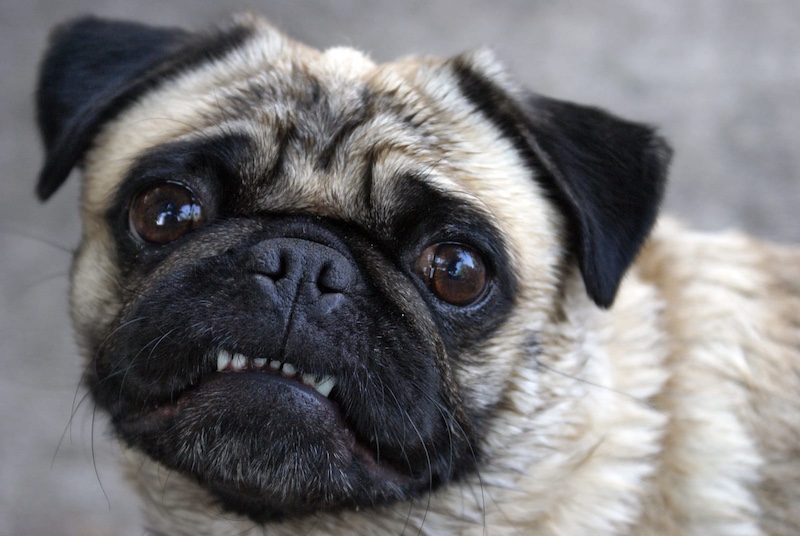While most dogs love bounding up and down stairs, not all breeds are built for this kind of movement. For some, stairs can pose serious risks due to their size, age, body structure, or joint health. If you’re planning to bring a new pup into a multi-level home—or already have one—it’s important to know whether your dog should steer clear of staircases. Here are 10 dog breeds that should avoid stairs.
Dachshund
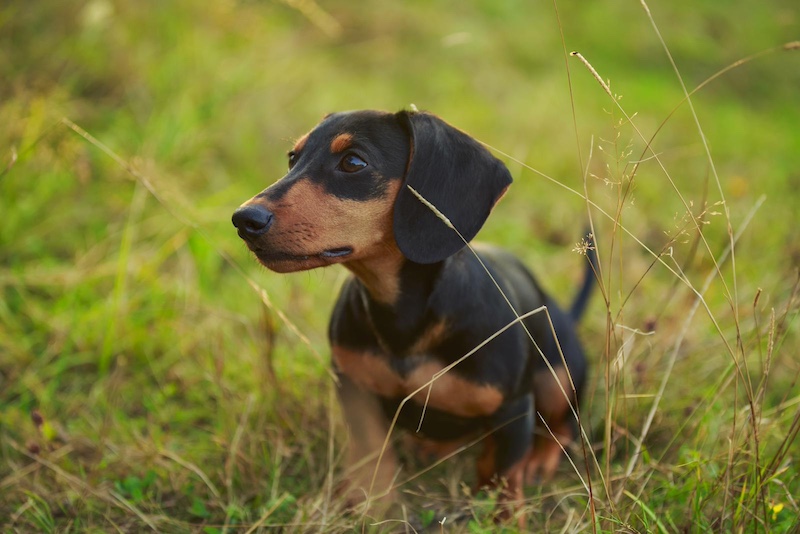
Dachshunds have long spines and short legs, making them especially prone to back injuries like intervertebral disc disease (IVDD). Stairs place undue stress on their spine, increasing the risk of slipped discs and pain. Limiting stair use can help protect their long-term mobility.
French Bulldog
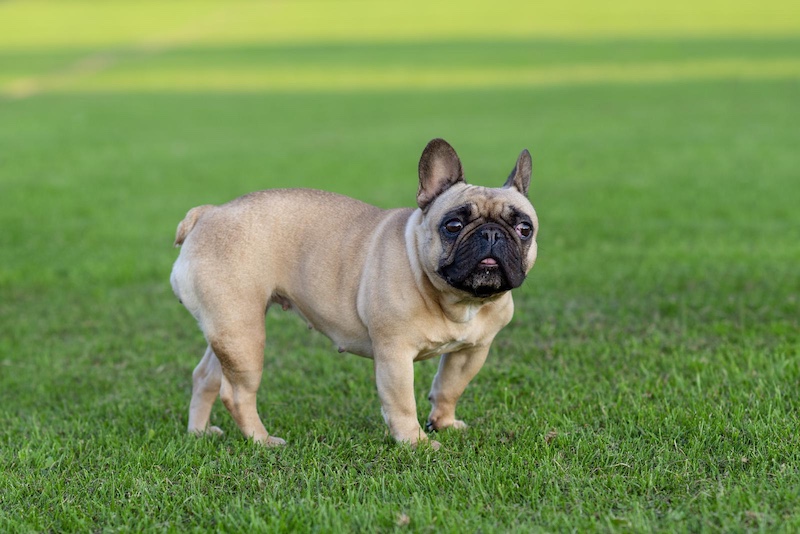
French Bulldogs are compact but front-heavy, with short legs and narrow airways. Their body structure makes it hard to balance on stairs, and any exertion can quickly lead to breathing difficulties. For safety, it’s best to carry them when stairs are unavoidable.
Basset Hound
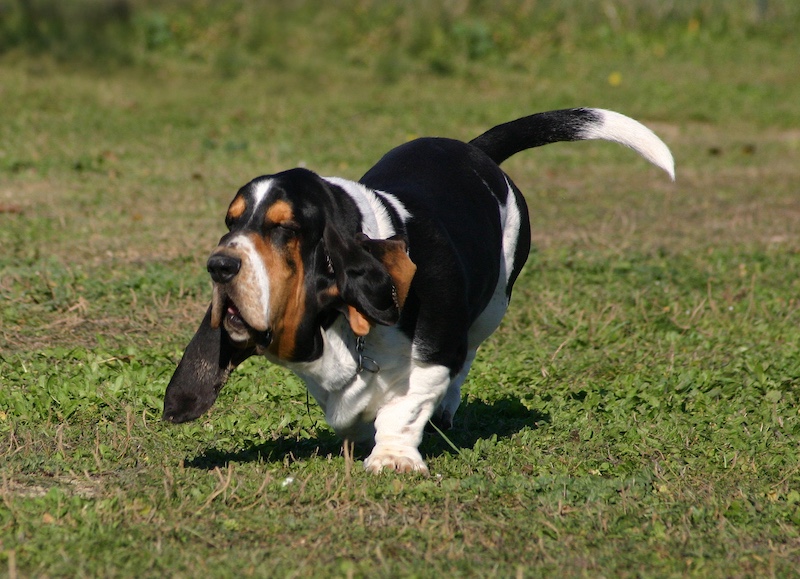
Basset Hounds have heavy bodies and very short legs, which make stair use awkward and risky. They’re also prone to joint issues and back problems. Navigating stairs can strain their spine and knees, increasing the risk of injury. Ramps are a better alternative.
Corgi
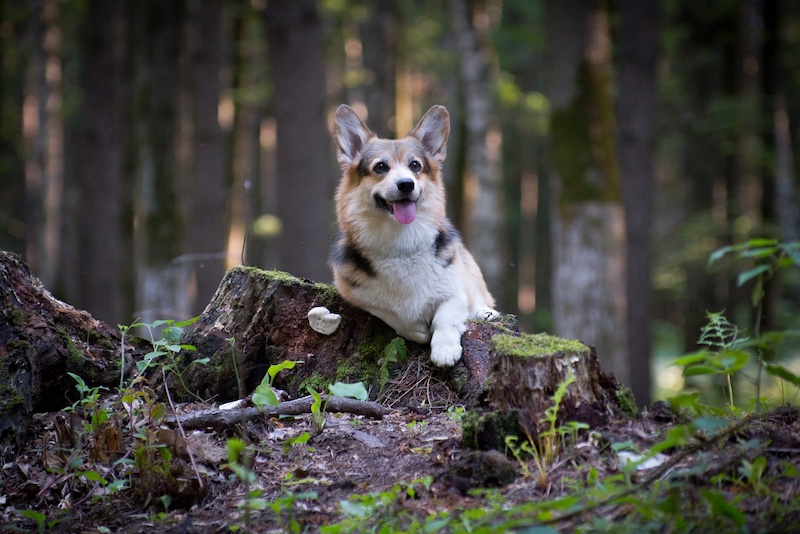
Corgis, whether Pembroke or Cardigan, share a long back and short-legged build. Their frame puts extra stress on their spine when climbing or descending stairs. Like Dachshunds, they’re prone to disc injuries and should be discouraged from regular stair use to stay healthy.
English Bulldog
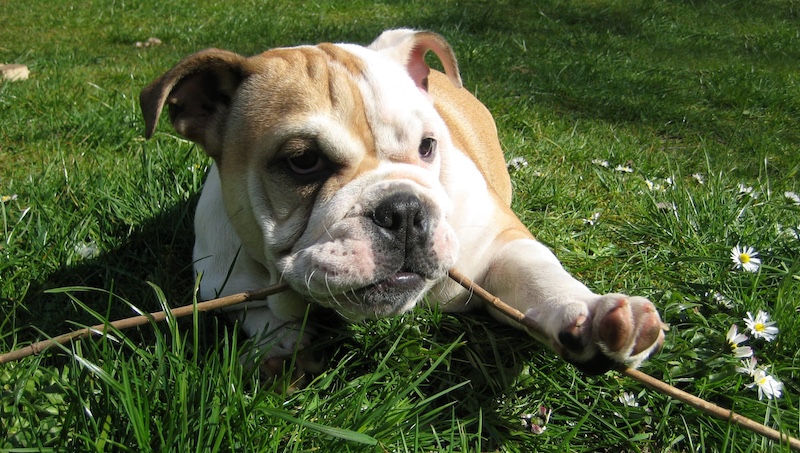
English Bulldogs have a bulky build, weak joints, and a tendency toward hip dysplasia. Their poor coordination and heavy chests make stairs dangerous, especially when descending. Even short staircases can be a challenge, so supervision or carrying them is often necessary.
Shih Tzu
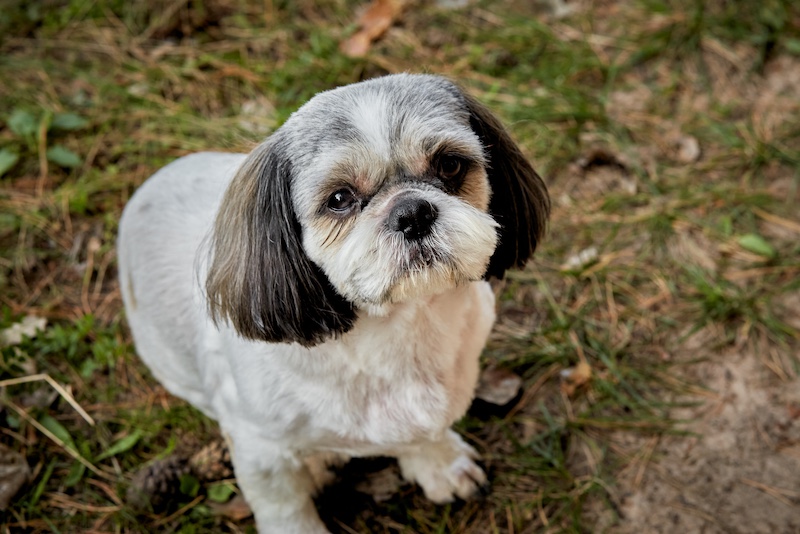
Shih Tzus have small, delicate bodies and are prone to hip and knee issues. Stairs can be hard on their joints, especially as they age. Their vision can also decline over time, making depth perception on steps more difficult and increasing the fall risk.
Pekingese
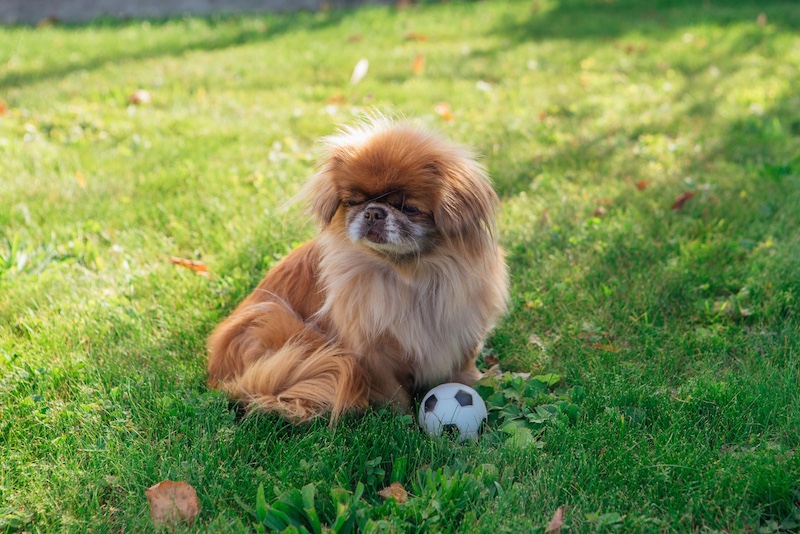
Pekingese have a flat face and a compact frame with short legs. Stairs are tough for them to manage and can worsen breathing issues or lead to slips and falls. They’re not built for stair navigation and should be lifted to prevent accidents.
Great Dane
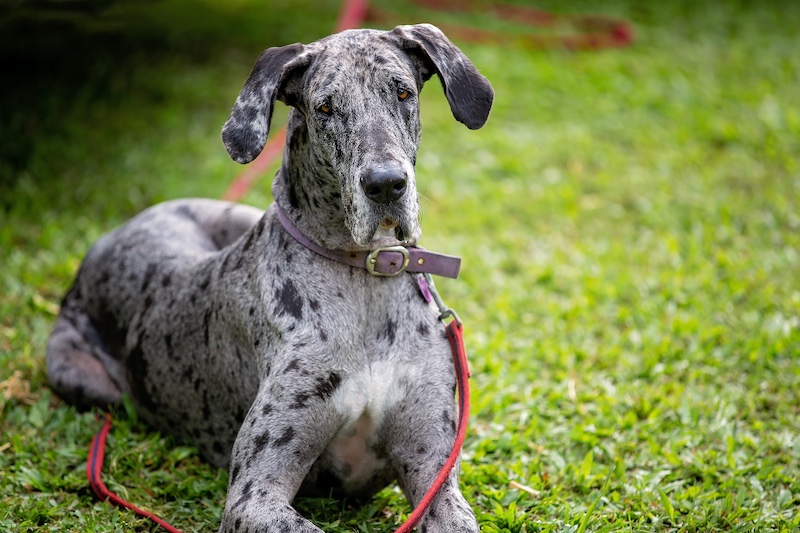
Despite their size and strength, Great Danes have delicate joints and are prone to hip and elbow dysplasia. The strain from repeatedly using stairs can aggravate these issues. Puppies and seniors especially should be limited to one floor to protect their joints.
Pug
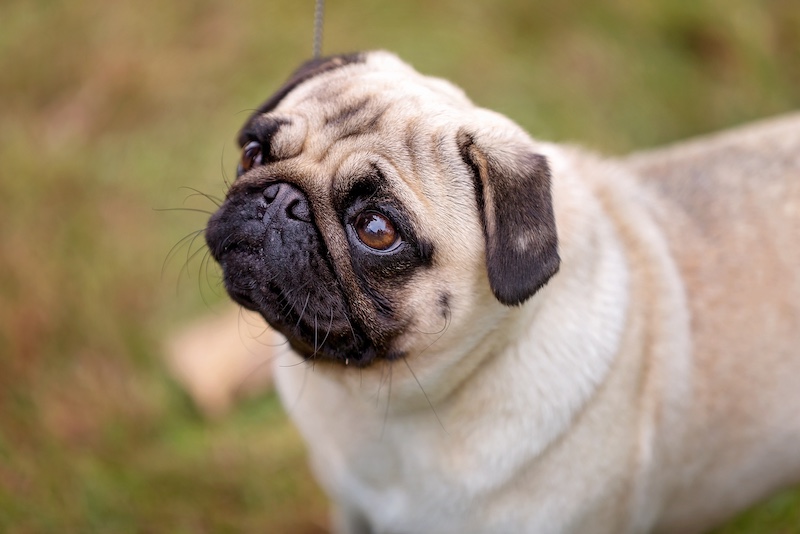
Pugs are another brachycephalic (flat-faced) breed with breathing challenges and stocky bodies. Going up or down stairs can quickly tire them out and pose a danger due to poor coordination. For their safety and comfort, minimize stair use as much as possible.
Toy Poodle
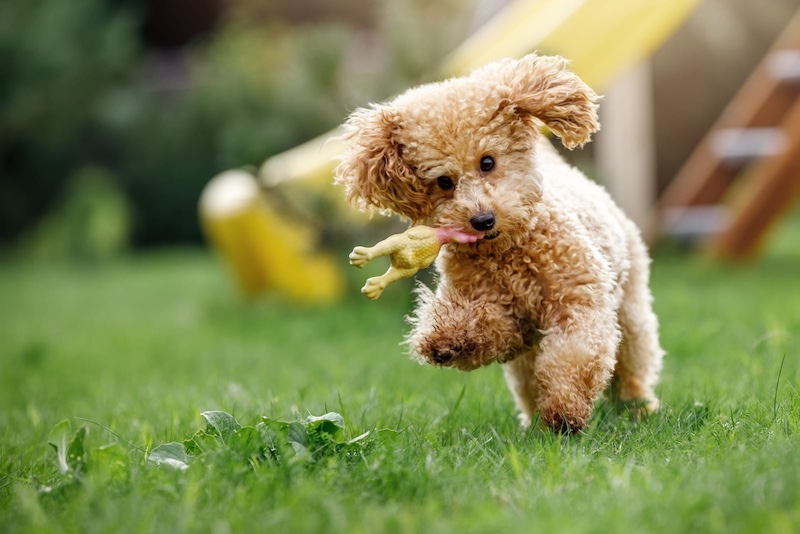
Toy Poodles are agile but fragile, especially in their joints and legs. Their small size makes falls down stairs particularly dangerous. Jumping or misstepping on stairs can easily result in sprains or fractures, so they should be supervised closely or carried when needed.
- Please Note: This content was created with the assistance of AI and thoroughly edited by a human before publishing.

